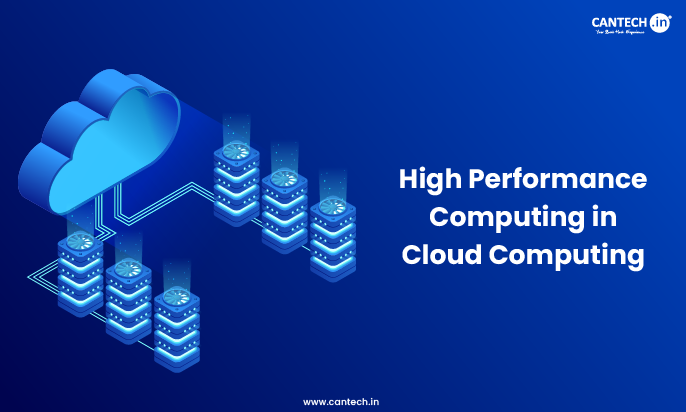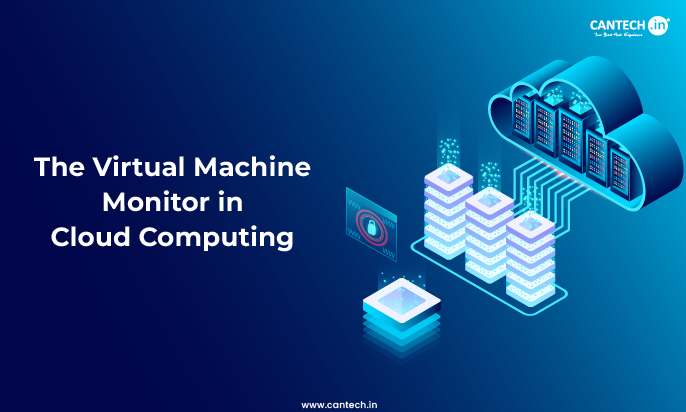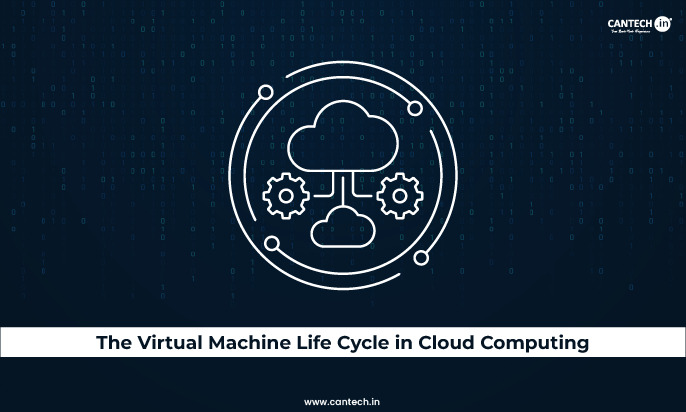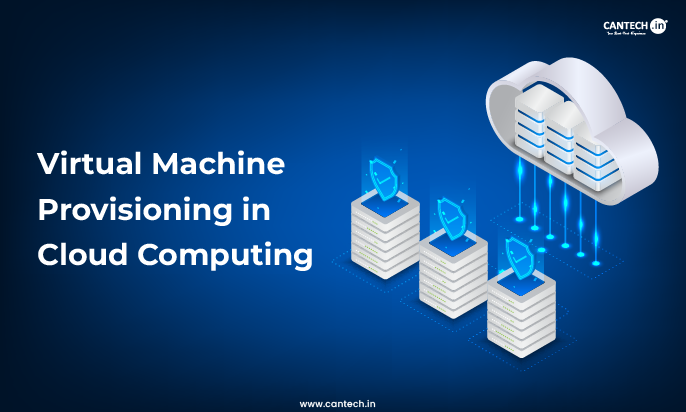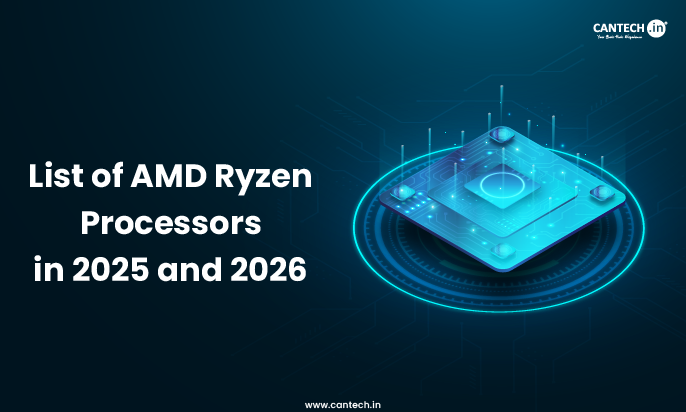High Performance Computing (HPC) enables super-fast data processing and challenging calculations by consolidating thousands of interconnected compute nodes. For example, supercomputers use parallel processing to run quadrillions of calculations per second exceeding the capabilities of standard computers.
What is a HPC Cluster?
HPC cluster comprises hundreds of thousands of computer servers that are connected together. Each and every server is called a node. The nodes in every server work side by side, which improves processing speed to provide high performance computing.
Why is HPC important in HPC?
Data facilitates scientific developments and drives innovation across all sectors and high performance computing (HPC) further strengthens these advancements. With growing technologies like AI, IoT and 3D imaging data volumes are also increasing. Real-time data processing is now very important for applications such as weather tracking, live streaming, product testing and market analysis. To remain competitive, companies need lightning fast, reliable IT infrastructure which has the capability of processing, storing and analyzing large amounts of data effectively.
How does HPC Work?
HPC solutions are designed primarily on three components such as network, compute and storage. In a HPC architecture, computer servers are interconnected into a cluster, where algorithms and software work simultaneously across nodes. This cluster connects to data storage systems to capture and manage outputs ensuring smooth operation across various workloads.
For high efficiency, all components must function in sync. Storage must align computing needs for rapid data exchange, while networking should enable high speed data transfer between computation and storage. Any shortcoming between these two could hamper the entire performance of HPC. Here’s a step by step explanation of how it works.
Setting up cluster
HPC cluster is built from various computers called nodes connected through a high connectivity network. Every node has its own processor, storage, memory which forms a combined system.
Side by side processing
Huge computational tasks are separated into small segments which can run parallely across various nodes which is known as parallelization. This significantly improves execution time.
Data allocation
Input data is circulated among nodes so that each node manages a segment of workload to ensure stable and consistent performance and effective utilization of resources.
Performance management
Cluster management software helps in supervising performance, distributing resources and monitors nodes to ensure high speed, reliability and efficiency.
Result integration
When all the tasks are completed, outcomes are collected and consolidated. The end result is stored in a parallel system or visualized for interpretation and analysis.
What are the Use Cases of HPC
HPC solutions are developed to be used for diverse use cases across different industries. Here are some of the examples.
AI and Machine Learning
HPC clusters train large amounts of AI and ML models much faster, which enables support for deep learning, computer vision and natural language processing applications that need heavy computation.
Finance Modeling and Risk Analysis
Financial institutions and banks utilize HPC to run real-time market simulations, pricing models and risk evaluations for highly precise and fast decision making.
Scientific Research and Simulation
HPC expands complex simulations in biology, chemistry and physics from astrophysics to climate modelling which helps scientific researchers to process data at large scale.
Manufacturing and Engineering
It is used for structural analysis, digital prototyping etc by which HPC minimizes design time and accelerates product innovation.
Media and Entertainment
High performance computing supports rendering, animation for movies, gaming, visual effects and virtual production environments.
Conclusion
HPC technologies are predicted to accelerate productivity and innovation for businesses and of all sizes. HPC supercomputers in recent days are reported to be exceeding big data processing limits which increases their capacity to solve even more dynamic challenges.
FAQs
What is the role of HPC?
HPC consists of solutions that have the capability to process data and run computations at a much faster rate than computers. This consolidated computing power helps different types of industries to solve bigger problems that would otherwise be challenging.
What are the HPC trends for 2025 and beyond?
Big developments that can be expected going forward regarding HPC is AI and edge computing. AI needs large amounts of data and processing power, as large language models (LLMs) are trained for a massive and variety of types of datasets.
What are the disadvantages of HPC?
A major disadvantage with HPC is the imbalance between how fast processors are and how good the memory systems can maintain with output of the processors.
What’s the difference between HPC and AI?
HPC is mainly used in industries like scientific research, pharmaceuticals and industrial simulations. While AI data centers are designed and built for artificial intelligence and machine learning tasks.


